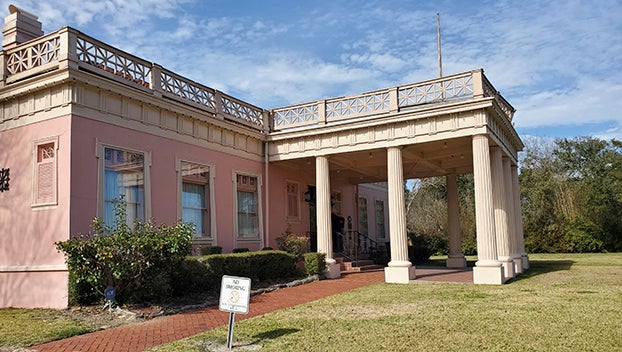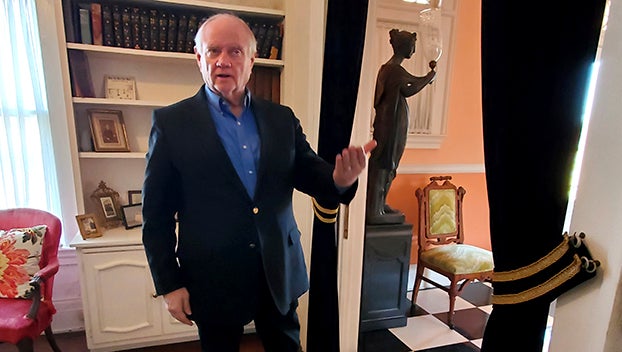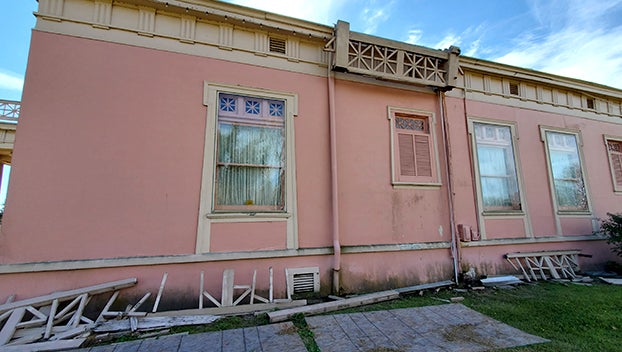Port Arthur’s pink house, tribute to city’s early days, set for historical rehab
Published 12:28 am Thursday, March 3, 2022
|
Getting your Trinity Audio player ready...
|
A historical Port Arthur villa built as a copy of a Pompeiian home is set for some repairs.
The light pink, 122-year-old Pompeiian Villa, located at 1935 Lakeshore Drive, is in need of new lattice at the roofline after damage from hurricanes Laura and Delta, Adam Saunders said.
Saunders is director of the Robert A. “Bob” Bowers Civic Center and also oversees some of the city’s buildings.
On Tuesday, a contract for the historical rehabilitation for the building was awarded by city council to Marsh Waterproofing. The cost for the work is $80,000, which, for the most part, will be covered by insurance.
But since this is a historical building — meaning it has the seal of the Texas Historical Commission and is entered in the National Register of Historic Places — the repairs must be done in a very specific fashion.
The first step towards the repairs is getting permission for the Texas Historical Commission.
“Then, the wood needs to be milled in a similar way (as it was historically) and the paint has to be applied correctly,” Saunders said.
The Pompeiian Villa is owned by the city, while the Port Arthur Historical Society operates the Villa.
Museum of the Gulf Coast Director Tom Neal said the structure was built as a hunting lodge and originally filled with antiques.
Neal wondered aloud what antiques were once filling the Villa, which was built in 1900.
The Lakeshore Drive home once overlooked the blue waters of Sabine Lake.
Isaac Ellwood, principal developer of barbed wire and wholesale hardware dealer, decided on a 10-room Pompeiian Villa. Not long after it was completed, Ellwood sold it to James Hopkins of St. Louis, president of the Diamond Match Company, who had bought land adjacent to the home but hadn’t built on the site.
It was Hopkins’ wife who famously was disappointed in the climate, the mosquitoes and muddy streets when she arrived that she turned around and left. She never saw the inside of the home and refused to live there.
The Villa was leased out in the early days until 1903, when banker and land developer George M. Craig wanted to buy it. Craig offered his 10 percent of stock in what was then the Texas Company (eventually Texaco), according to historical information.
There were several other owners through the years. The house was later put on the market. By then, John Gates’ 20-room colonial mansion had been torn down and the Villa was the last surviving home from those early days. The Port Arthur Historical Society under the guidance of Sydalise Fredeman, drummed up donations and interest in saving the building as a museum, showcasing the lifestyle of that period.
Back to today
Saunders said there is no timeline for the work to begin, as the contract was only recently awarded.
The inside still maintains the glory of its early days. The three-sided courtyard affords a view of doors leading to various rooms in the home.










